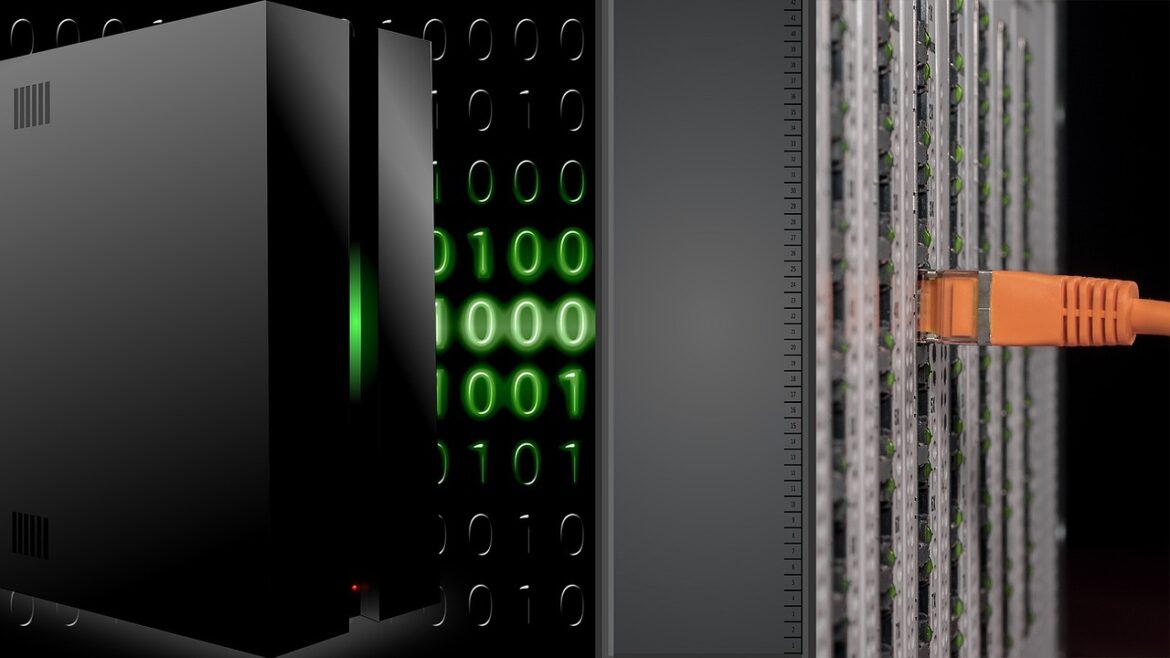Stepping Into the Cybersecurity Frontier: Hardware Trends in 2025
Imagine walking into your digital office knowing there’s a squad of intelligent guards, smart enough to sense trouble before it arrives. In 2025, cybersecurity hardware is evolving into exactly that kind of proactive, almost prescient protective force.
Here’s a rundown of the top five cybersecurity hardware developments that are shaping the real-world battles against cyber threats today.
1. Next-Generation Firewalls (NGFWs) Are Getting Smarter and Stronger
Think of NGFWs as your digital fortress gates equipped with artificial intelligence (AI) and machine learning (ML). These technologies empower firewalls to automatically detect and block the sneaky zero-day attacks that no one has seen before. They don’t just rely on rules; they learn and adapt constantly.
These firewalls also seamlessly protect environments that mix on-premises and cloud setups, a reality many organizations face today. Plus, they’re specially toughened to guard industrial and operational technology sectors — like energy grids and factories — by smartly understanding unique traffic and threats in those environments.
What’s the real-world win? Companies avoid costly downtime and keep critical infrastructure safe without sacrificing speed or performance.
2. Endpoint Protection Gets Autonomous and Behavioral
Endpoints — laptops, phones, and remote devices — are still the most common gateways attackers exploit. In 2025, these devices are no longer sitting ducks.
New endpoint solutions embed AI agents that learn what ‘normal’ user behavior looks like. If a laptop starts accessing strange files or a login occurs from an odd place, the system quickly isolates the threat and alerts security teams. It’s like having a guard dog that knows every family member and instantly barks at strangers.
Companies deploying these Endpoint Detection and Response (EDR) or Extended Detection and Response (XDR) systems report containing threats faster and reducing incident costs drastically.
3. The Rise of Cybersecurity Mesh Architecture: Distributed and Modular Defense
Traditional cybersecurity focused on perimeter defenses — the castle walls, basically. But now, the strategy flips towards identity-centric security everywhere, a concept called cybersecurity mesh.
This hardware-backed approach distributes protection across all devices and environments, rather than relying on a single fortress. Think of it as having a network of smart sensors and locks where access is verified continuously rather than once.
Businesses embracing this architecture benefit from harmonized security policies and rapid response across their entire digital footprint.
4. Autonomous Security Systems That Self-Heal
Imagine a security system that operates like your body’s immune system — not only detecting threats but healing itself after an attack. AI-powered autonomous security hardware in 2025 can predict attacks before they happen and fix vulnerabilities automatically.
This reduces the burden on human teams and accelerates recovery. For example, if a vulnerability is detected, the system can patch it without waiting for manual approval, squeezing downtime to nearly zero.
5. AI-Powered IoT Security Enhancements
The Internet of Things (IoT) is everywhere now — smart appliances, industrial sensors, medical devices. But each connected gadget is a potential security risk.
New hardware solutions deploy AI to gain deep visibility into these devices, segment networks to contain attacks, and analyze behaviors to spot anomalies indicative of botnet or DDoS attacks.
By integrating zero-trust principles — where nothing inside the network is automatically trusted — companies can confidently secure sprawling IoT ecosystems.
Why These Innovations Matter
Cyber threats are constantly evolving, and our defenses must keep pace, not lag behind. These hardware innovations show how cybersecurity is shifting from static barriers to dynamic, intelligent guardians.
In practical terms, this means fewer breaches, less downtime, and more trust that sensitive data and critical operations are well protected.
Final Thoughts
The future is clear: cybersecurity hardware in 2025 is smarter, more autonomous, and more integrated than ever before. Whether it’s AI-enhanced firewalls or self-healing security systems, these technologies are becoming essential weapons in the fight against cybercrime — equipping organizations to not just react, but proactively defend their digital worlds.
Keeping an eye on these trends might just be your organization’s best recipe for resilience in the digital age.
References:
- https://www.nomios.com/news-blog/top-5-solutions-ngfw-2025/
- https://meriplex.com/essential-security-upgrades-for-2025/
- https://www.globenewswire.com/news-release/2025/05/26/3088146/0/en/Cyber-Security-Market-Industry-Trends-and-Global-Forecasts-to-2035-Featuring-AlgoSec-Broadcom-Cisco-F5-Fortinet-F-secure-IBM-Intel-Security-Microsoft-Proofpoint-Sophos-Zscaler-more.html
- https://www.wwt.com/blog/cyber-insights-report-may-27-2025
- https://www.besttechie.com/complete-cybersecurity-guide-2025-protect-your-digital-life-from-modern-threats/
- https://www.compliancehub.wiki/cybersecurity-baseline-self-assessment-a-comprehensive-framework-approach/
- https://www.businesswire.com/news/home/20250526192433/en/Cybersecurity-Market-Report-2025-2030-Surge-in-Cybersecurity-Expenditure-with-$1-Trillion-Investment-Projected-by-2028—ResearchAndMarkets.com
- https://www.quotidianosanita.it/allegati/create_pdf.php?all=1748419145.pdf



